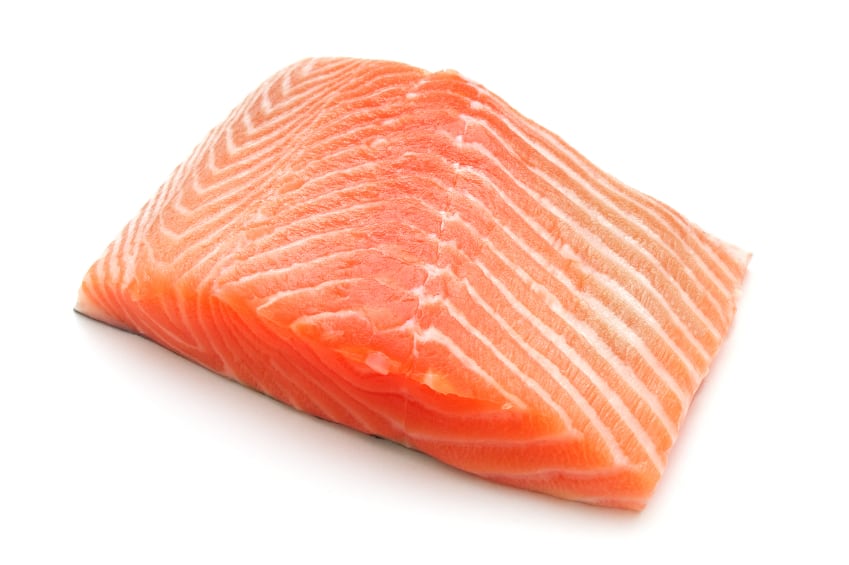Sources may be open ready-to-eat (RTE) packages often stored for extended periods in the refrigerator, varying fridge temperature or consumers not respecting instructions on the label.
Findings come from an European Food Safety Authority (EFSA) scientific opinion on L. monocytogenes and risks to public health from consumption of contaminated RTE food.
The work came after the 2015 EU report on foodborne zoonotic diseases identified an increasing trend of listeriosis during 2009-2013.
Based on available studies, unsafe practices are not uncommon, >10%, among the elderly and can have an impact on occurrence of listeriosis cases.

Consumer practices expected to impact on exposure and risk are those that can lead to contamination of RTE foods, e.g. cross-contamination to unpacked foods in the refrigerator or actions that may allow increased growth, i.e. improper storage temperatures and times.
Quantitative modelling suggested more than 90% of invasive listeriosis is caused by ingestion of RTE food containing >2,000 colony forming units (CFU)/g.
Increasing Listeria trend
Four people have died and 26 are ill in an ongoing multi-country Listeria outbreak, according to the ECDC. Austria, Denmark, Finland, Sweden and the UK have been affected since 2015 and the source has not yet been identified.
A total of 767 lab-confirmed listeriosis cases and 81 deaths have been reported to the National Institute of Communicable Diseases (NICD) in South Africa since January 2017 in what the World Health Organization called the ‘largest ever Listeria outbreak’.
EFSA said combining BLS data with consumption data indicates 55 million servings of RTE meat and meat products contaminated with more than 100 CFU/g may be consumed per year by over 75 year olds in Europe.
Listeria regulation
- In RTE products intended for infants and for special medical purposes, L. mono must not be present in 25g of sample (10 sample units);
- L. mono must not be present in levels exceeding 100 CFU/g during the shelf life of other RTE products (five sample units); and
- In RTE foods able to support growth, L. mono must not be present in 25g of sample at the time of leaving the production plant (five sample units); however, if the producer can demonstrate to the Competent Authority, that the product will not exceed the limit of 100 CFU/g throughout its shelf life, this criterion does not apply
In 2010-11, an EU-wide baseline survey (BLS) estimated prevalence and concentration of L. monocytogenes in three RTE foods at retail.
Based on predictions of the generic quantitative microbiological risk assessment (gQMRA) model, the expected number of invasive listeriosis cases per year can be reduced by 37% (from 1,523 to 953) in the absence of growth after retail (i.e. at the consumer phase).
Experts said this points to the possibility to control 63% of cases via control prior to the retail phase.
Listeria cases increased among people over 75 and women aged 25-44 (believed to be mainly pregnancy-related).
EFSA said the higher incidence among the elderly was linked to the increased proportion of people aged over 45 with underlying health conditions such as cancer and diabetes.
Rise in RTE food consumption and improved monitoring
The number of cases in the EU increased by 60% from 1,381 in 2008 to 2,206 in 2015 and 270 deaths were reported, which was the highest annual number since 2008.
A rise in consumption of ready-to-eat (RTE) foods and improved monitoring in some Member States may also have contributed to the rise.
The increasing trend for some population groups may be attributed to contamination levels in food, consumption, strain virulence, health of consumer and demographic changes.
WGS techniques, combined with epidemiological information, have shown potential to attribute relatedness among L. monocytogenes strains and establish stronger links between cases and foods.

A total of 37 strong-evidence foodborne outbreaks were reported with 525 cases, 182 hospitalisations and 37 deaths from 2008-2015.
The ‘dairy’ category was responsible for four outbreaks causing 44 cases, while ‘fish and seafood’ and ‘meat and meat products’ were responsible for seven and 11 outbreaks causing 40 and 126 cases.
A total of 28% of outbreaks were at household level, 25% at a hospital or medical care facility, 16% as disseminated cases, 9% at a mobile retailer or market/street vendor and 22% at another place of exposure.
Strains of three serotypes (1/2a, lineage II; 1/2b and 4b, lineage I) have been associated with 98% of human listeriosis.
L. mono persistence
Persistence of L. monocytogenes in food processing environments is still considered to be the major source of RTE food contamination.
It appears to be the result of improper hygiene conditions and high adaptive capacity against physical – chemical factors such as biofilm-forming capacity.
“In a comprehensive study, over 2,200 environmental samples were collected following a harmonised sample scheme from 12 European food processing facilities producing RTE foods of animal origin.
“FPEs in each of the facilities were found positive at least once during the sampling period and the overall occurrence rate of L. monocytogenes was 12.6%.
“FPE at meat-producing facilities were found to be positive at a fourfold higher rate than at milk-processing facilities.”
